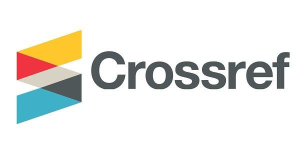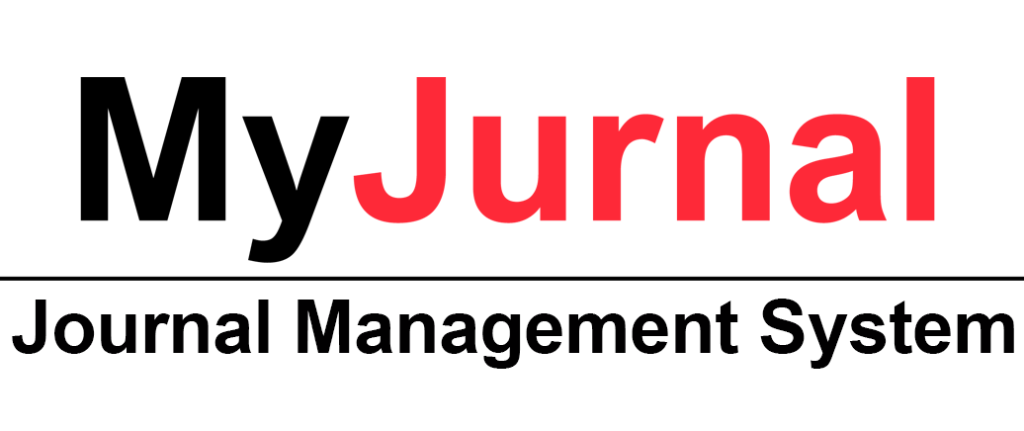Exploring MOOC Acceptance and Readiness among Postgraduate Students at a Higher Learning Institution
DOI:
https://doi.org/10.31436/ijes.v6i1.203Abstract
The pattern of learning in recent years have been impacted by the rise of Massive Open Online Courses (MOOCs). The impact of MOOCs on the field of education have been investigated by many researches. MOOCs, since their inception have attracted a considerable amount of attention within higher education. This study therefore examines the extent of IIUM postgraduate students’ awareness knowledge of MOOCs, how-to knowledge of MOOCs, actual usage of MOOCs, perceived usefulness of MOOCs, attitude towards MOOCs and intention to use MOOCs for academic purposes. The research question concentrated on the extent of the students’ awareness knowledge, how-to knowledge, perceived usefulness, attitude, actual usage, and intention to use MOOCs for academic purposes. One hundred and ninety respondents were involved in this study. The analysis procedure made use of descriptive statistics to find the percentages, frequencies, mean and standard deviation of data. The findings reveal that majority of the respondents do not have awareness knowledge and how-to knowledge of MOOCs. It also shows very few respondents have actual usage of MOOCs. However, majority of the respondents have positive attitude towards MOOCs and majority of them show their intentions to use MOOCs for academic purposes. The study reveals a vital implication on how IIUM ought to scheme policies to increase adequate awareness of MOOCs and more importantly its usefulness to students.
Metrics
Downloads
Published
How to Cite
Issue
Section
License
The Journal will own copyright to all published works and have the right of first publication, both in print and online, unless other arrangements are made with the Editors in advance. It is the author`s responsibility to ensure that where copyright materials are included within an article the permission of the copyright holder has been obtained beforehand.






















